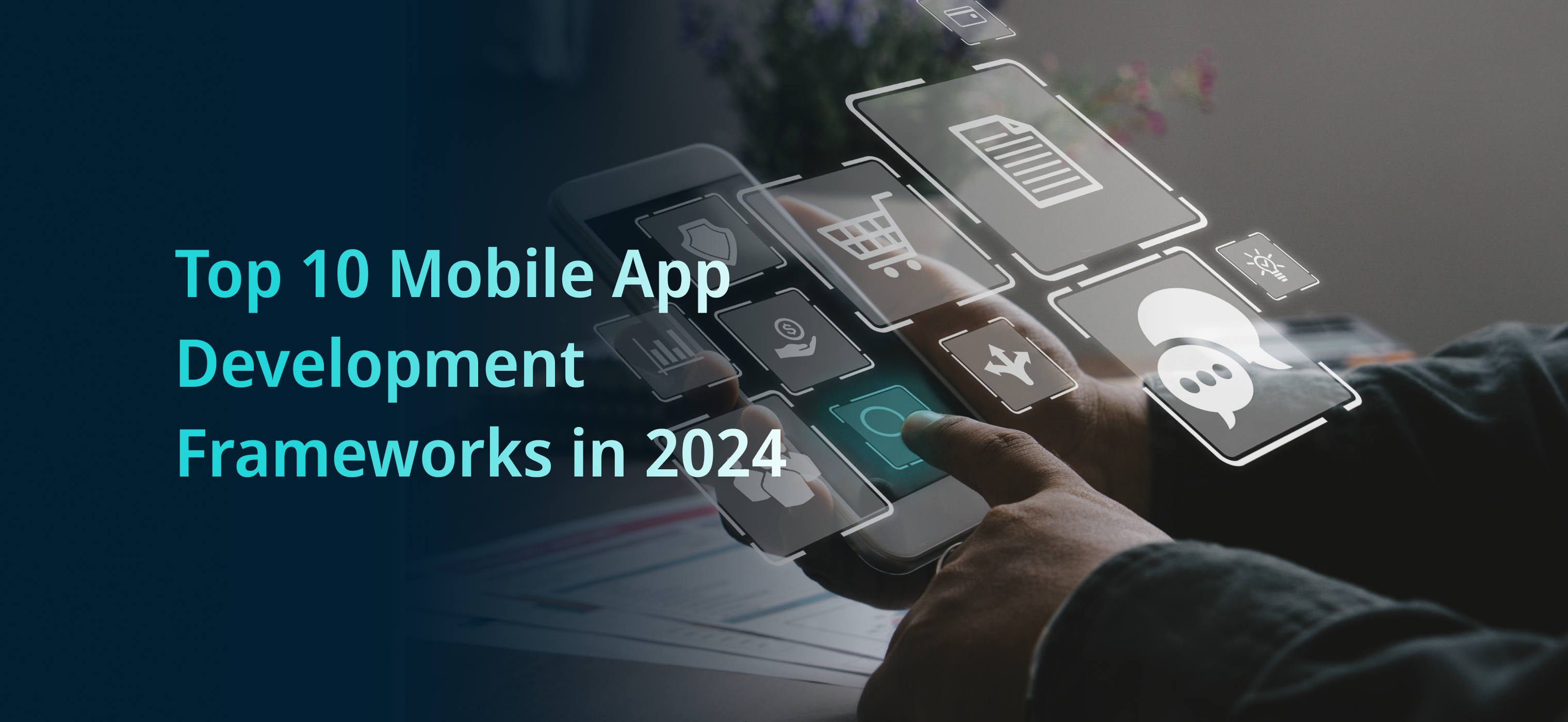If you are considering building a payment gateway for your digital banking system, there are several pros and cons that you should consider. In this blog post, we will explore the advantages and disadvantages of building a payment gateway for a digital banking system, as well as providing guidance on whether or not you should build your own payment gateway. We will look at factors such as cost, security, and convenience when it comes to building your own payment gateway. Ultimately, you should have a better understanding of the benefits and drawbacks of building a payment gateway for your digital banking system.
What is a Payment Gateway?
In the world of digital banking, a payment gateway is the software that facilitates secure online transactions between customers and merchants. It enables customers to make payments through a website or mobile app by encrypting their credit or debit card information and routing it securely to the appropriate financial institution for processing.
A custom payment gateway is an in-house solution built by a financial institution to process their own transactions rather than relying on a third-party provider. This is becoming a more attractive option as digital banking continues to grow, and financial institutions seek more control over their customer experience and revenue streams.
By building a custom payment gateway, financial institutions can ensure that their online payment processes align with their specific business requirements, reducing the risk of data breaches and fraud. They can also offer a more personalized experience for their customers, with branding and user interface options that are not available through third-party providers.
However, building a custom payment gateway also requires significant investment in development and maintenance costs. Financial institutions need to weigh the benefits of customization against the risks and expenses involved before deciding whether to pursue this option.
Pros of Building Your Own Payment Gateway

Customization: One of the biggest advantages of building your own payment gateway is the ability to customize it to your specific needs. With a customized payment gateway, you can tailor the features and functionalities to fit your Digital Banking system and user requirements.

2. Security: Another benefit of building your own payment gateway is the ability to control the security protocols and measures in place. A customized payment gateway will enable you to add extra layers of security that align with your Digital Banking system’s requirements and specifications.
3. Cost-Effective: Building your own payment gateway can be a cost-effective solution in the long run. This is because you won’t have to pay third-party vendors for using their payment gateway services.
4. Increased Control: By building your own payment gateway, you have complete control over the system’s operations and can modify it as per the Digital Banking system’s changing requirements.
5. Branding: A customized payment gateway can also help enhance your brand’s image and increase customer trust. By offering a payment gateway with your brand’s logo, colors, and branding, customers are more likely to associate your brand with trust and security.
In summary, building your own payment gateway provides several benefits, including customization, increased security, cost-effectiveness, increased control, and branding opportunities. However, it is important to weigh these benefits against the potential risks and costs involved in developing and maintaining your own payment gateway.
Cons of Building Your Own Payment Gateway
While there are several benefits to building your own payment gateway, there are also some drawbacks that must be considered.
One of the biggest cons of building your own payment gateway is the high cost involved. Developing a robust and secure payment gateway requires a lot of resources, including hardware, software, and personnel, which can add up to a significant expense. Additionally, the ongoing maintenance and updates needed to keep the payment gateway secure and up-to-date can also add to the overall cost.
Another drawback is the level of expertise required to build and maintain a payment gateway. Digital Banking systems require expertise in many areas, including compliance, security, and fraud prevention, to name a few. It can be challenging for a company to find and hire staff with the necessary skills to manage all these aspects of the payment gateway.
Furthermore, building a payment gateway from scratch may take a long time, delaying the implementation of your Digital Banking system and potentially affecting your customer experience. It is also important to note that building your own payment gateway may not always be feasible for smaller companies due to budget constraints.
In summary, while building your own payment gateway may seem like a good idea, it is important to consider the potential drawbacks before making a decision. Companies should carefully evaluate their resources, expertise, and timeline to determine if building their own payment gateway is the right choice for their Digital Banking system.
Key Considerations before Building Your Own Payment Gateway
If you are considering building your own payment gateway for your digital banking system, it is crucial to consider some key factors. Building a payment gateway can be a challenging and expensive process that requires extensive knowledge of financial regulations and cybersecurity. Before proceeding, here are some key considerations to keep in mind:
1. Budget and Resources: Building your own payment gateway can be expensive, and it requires dedicated resources. Make sure you have a solid budget and enough staff with the right expertise to support the project.
2. Compliance: Your payment gateway needs to be fully compliant with regulations governing financial transactions, such as PCI-DSS, PSD2, and KYC. Failure to comply can result in severe financial and legal consequences.
3. Security: Your payment gateway must be designed with the highest level of security in mind to prevent unauthorized access and fraud.
4. Integration: Ensure that your payment gateway integrates seamlessly with your digital banking system and offers a smooth customer experience.
5. Maintenance and Support: Once your payment gateway is up and running, it requires continuous maintenance and support to ensure it remains functional and secure.
Before building your own payment gateway, it’s important to consider these factors to determine whether the investment is worth it. Alternatively, you can choose to partner with an established payment gateway provider to save time and resources and ensure compliance and security.
Alternatives to Building Your Own Payment Gateway
While building your own payment gateway may seem appealing, it’s not the only option available for your digital banking system. Here are some alternatives to consider:
1. Third-Party Payment Gateway Providers: There are many third-party payment gateway providers that offer a wide range of services, such as Stripe and PayPal. These providers already have established payment infrastructures, and you can leverage their expertise without having to build everything from scratch.
2. Open-Source Payment Gateway Software: You can use open-source payment gateway software such as OpenCart and WooCommerce. These solutions are often customizable and can be adapted to meet your specific needs.
3. Partnership with Financial Institutions: Partnering with financial institutions can provide you with access to their payment infrastructure. You can offer your customers a seamless payment experience without having to build a payment gateway from scratch.
4. Use of APIs: You can use APIs to integrate with existing payment gateway services and provide a seamless payment experience for your customers. This approach allows you to avoid the high costs associated with building your own payment gateway.
Ultimately, the decision to build your own payment gateway depends on your specific business needs, budget, and expertise. It’s important to carefully weigh the pros and cons and consider the available alternatives before making a decision.
Visit Internet Soft for the latest tech trends and insights around AI, ML, Blockchain, along with NeoBanking and timely updates from industry professionals!
Need assistance or have questions? Reach out us at sales@internetsoft.com.







